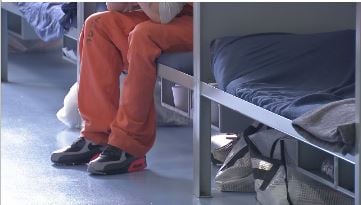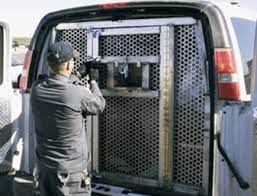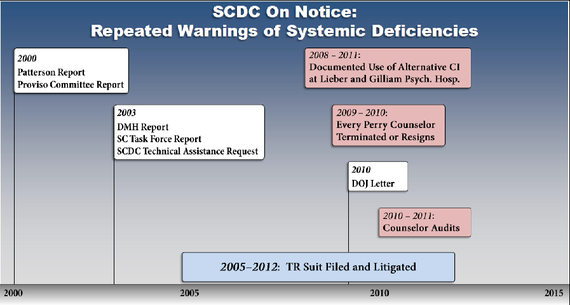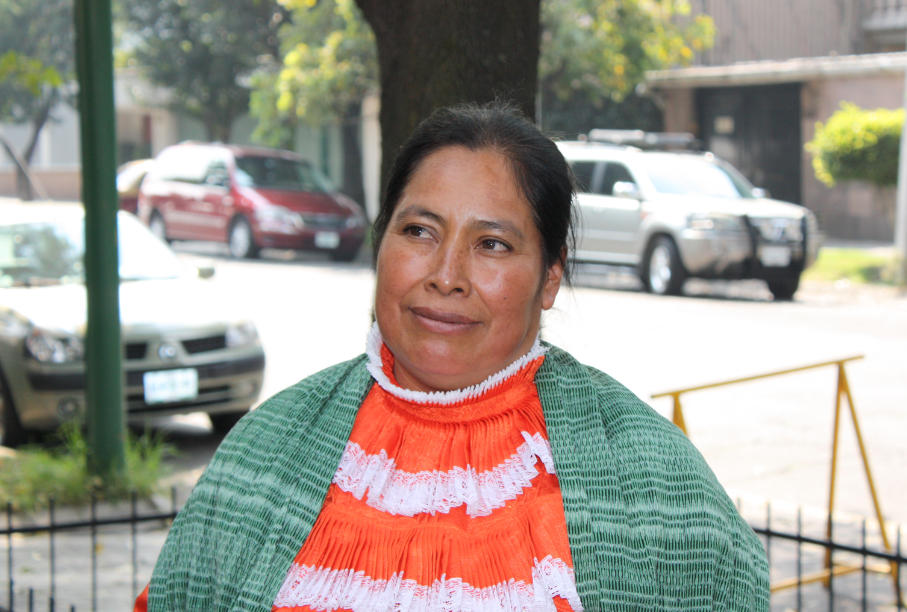
Welcome to the nation of Jane Doe, where State violence forces women into anonymity. Last week, two Jane Doe cases garnered national attention. In one case, a rape survivor was jailed for more than a month to “ensure” she would be present at her rapist’s trial. In the second, a U.S. citizen was forced to undergo body cavity searches at the U.S. – Mexico border. Meet Jane Doe; she is the face, body and name of citizenship in the United States today.
Last Thursday, “the ACLU of Texas and the ACLU of New Mexico announced a record settlement in which U.S. Customs and Border Protection (CBP) paid a New Mexico woman $475,000 for illegally subjecting her to vaginal and anal searches after she was detained at the Cordova Bridge point of entry in El Paso … Last year the University Medical Center of El Paso paid the same woman — referred to in the lawsuit as Jane Doe to protect her privacy — a $1.1 million settlement for its collusion in the invasive searches.”
Jane Doe’s story began in 2012, as she crossed the El Paso’s Cordova Bridge from Mexico to the United States. A drug-sniffing dog alerted border agents that Jane Doe was carrying drugs. The agents conducted a strip search at the station, using a flashlight to examine her genitals and anus. Finding nothing, the agents sent Jane Doe to University Medical Center, where Jane Doe was forced to undergo observed bowel movement, an X-ray, a speculum exam of her vagina, a bimanual vaginal and rectal exam, and a CT scan. There was no warrant and Jane Doe never consented to anything. Finding nothing, border agents gave Jane Doe “a choice”: sign a medical consent form or pay for the hospital “services.” Jane Doe refused to sign, and received a bill of $5,488.51.
Jane Doe sued and last week won. According to Rebecca Robertson, legal and policy director for the ACLU of Texas, “This result could not have been achieved without Ms. Doe’s courage and perseverance. Had she succumbed to the threats of CBP agents and remained silent, who knows how many others might have suffered a similarly despicable experience.”
In another case, in 2013, a different Jane Doe was raped, in Houston, Texas. This Jane Doe lives with bipolar disorder. Three years later, in December 2015, Jane Doe was testifying against the man who raped her. Midway through her testimony, she broke down. Initially, Jane Doe was involuntarily committed to a psychiatric ward. Once “stabilized”, Jane Doe was sent to the Harris County Jail, where she stayed for 28 days. Why was Jane Doe sent to jail? The court had a holiday break coming up, and so the prosecuting attorney dumped Jane Doe in jail so that she would complete her testimony. Jane Doe “was imprisoned in the hellhole of the Harris County Jail for no reason other than being a rape victim who struggles with a mental disability.”
Jane Doe is suing Harris County, Texas, for the abuse and torture she experienced in jail. During her month in jail, Jane Doe was assaulted, insulted, verbally abused, demeaned, and worse. She was put in with the general population, even though there is a mental health unit in the jail. After all of that, Jane Doe did exactly as she had done all along. She cooperated with officials and completed her testimony in January.
Jane Doe was in the same county jail as the man who raped her: “Her rapist was not denied medical care, psychologically tortured, brutalized by other inmates, or beaten by jail guards,”
This is the State of Jane Doe where two women, all women, become one and the same. Their suffrage and citizenship is violence and torture: sexual, psychological, physical, spiritual, economic, political. Welcome to the State of Jane Doe, no country for women.
(Image Credit: Moviefone)









